Column: The Customer is Always Right
It’s hard working in the fast food business
Students in the fast food industry lament the difficulties of difficult customers.
I walk into the building. The smell of overused grease and cheap cleaning supplies linger throughout the room. I clock in, barely on time. I put on the necessities, gloves, hair tie, a meager smile. Although I don’t plan to stay here after high school, I need the money. Time passes while customers come in and out. 6:54 pm.
Someone walks in. She tells me her order, a complacent look on her face. 10 minutes pass. The lady comes to collect her food, burrowing through the bag like a rampant animal. Eyebrows furrow, she tells me her order is wrong. I check the receipt loosely stapled to the bag, then the lightly agitated food. After telling the lady her order was correct, she decides a tantrum is the best option to change her order. I retrieve my Manager, as she cries out for some sanction of relief.
Despite the crazed woman tormenting the other patrons in the restaurant, my manager didn’t seem phased.
Instead, he told me one simple phrase.
The one phrase that makes this job a little less worth it, a little less enjoyable, a little less bearable. The phrase that haunts my mind every time a woman with the well-known “short in the back, long in the front” hairstyle coined the Karen-cut walks through the clear plexiglass doors of the restaurant. The irritating phrase, which makes me have to contain my minimum-wage paid wrath among the entire establishment: the customer is always right.
The fast-food industry is the runt of the culinary world; with low wages, long hours, and tricky customers. You often hear the phrase, “Do well in school or you’ll end up working at McDonald’s.”
These unfavorable positions are often filled by high-schoolers, whether for a quick buck or experience to add to their resumes. It’s well known that most low-quality positions will be taken by teenagers. Yet this does not stop customers from expressing their displeasure on these workers.
The average turnover rate in March of 2021 for the fast-food industry was between 130-150% as reported by CNBC. With The Great Resignation coming into play via COVID, unemployment is higher than ever. It’s no wonder that these unwelcoming jobs with high stigmatization around them would be unable to hire new employees. And while it might be because of working conditions and the environment these workers are subjected to, the clientele also plays a huge role.
She finally left the building after plenty of convincing and the promise of a free meal. My manager left to go to the back, to cool off. I stood in disbelief, and let out a big sigh. Unfortunately, this wasn’t the first occurrence of an unruly client trying to get food for free. And to be honest, it won’t be the last. I checked the time, 8:14 pm. This was barely the start of my lengthy night ahead.
Many students, like me, at TCHS work in these fast-food restaurants, and not only that, but their work stories, each with their own horrific experiences, just solidifies the argument.
Senior Jayleen Lara recalls when a customer came into her workplace. He had put himself on the waitlist, then later took himself off of it. He then proceeded to get angry because they didn’t have a table for him, and refused to take a table they did offer to him.
When incidents happen like these, it affects the staff as well.
“They can easily put me in an upset mood,” Lara said. “They don’t take our feelings into consideration.”
Many times situations similar to these have negative effects on the employees. Nobody wants to constantly be told that they’re bad at their job by a customer and then have that followed up by being yelled at by management.
But it’s not all bad. On the flip side, having exceptionally nice customers can definitely put the workers in a better mood.
Senior Cristy De La Hoya shares about a couple who was sharing their first anniversary at her restaurant- where they first met. Her coworkers had signed a card and gift card for them and they ended up leaving a $500 tip.
“When I seated them I made sure we set up their table special and nice so they could feel appreciated,” De La Hoya said. “They shared a few stories with us and it felt like family.”
Time passed slower and slower the more I checked it. 9:38 pm. My shift ended at 12:00 am; It felt like this night would last forever.
…
I keep thinking about the lady from earlier, my memories of the event still clear in my mind. I often think about why customers act out, I only see one side of the story. Although situations like that often caused me to panic and automatically assume the worst of her, I wonder; What goes on through her head?
Many times people speculate about difficult customers. They only see them getting angry, and the employee is the one to blame. While this isn’t always the truth, every story has its own conflict.
“Customers get mad at something that’s out of our control,” De La Hoya said. “We wish they could put themselves in our shoes. But customers are like friends. When you socialize and get to know them it puts you in a good mood.”




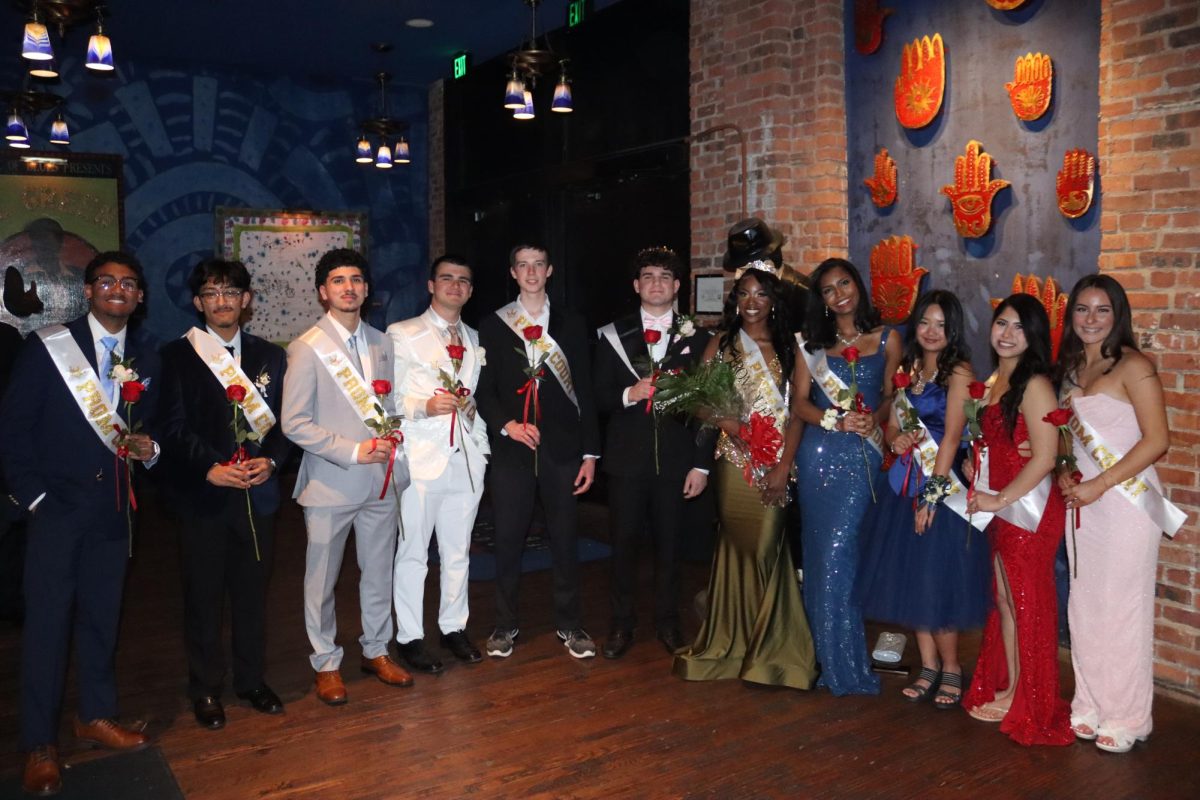
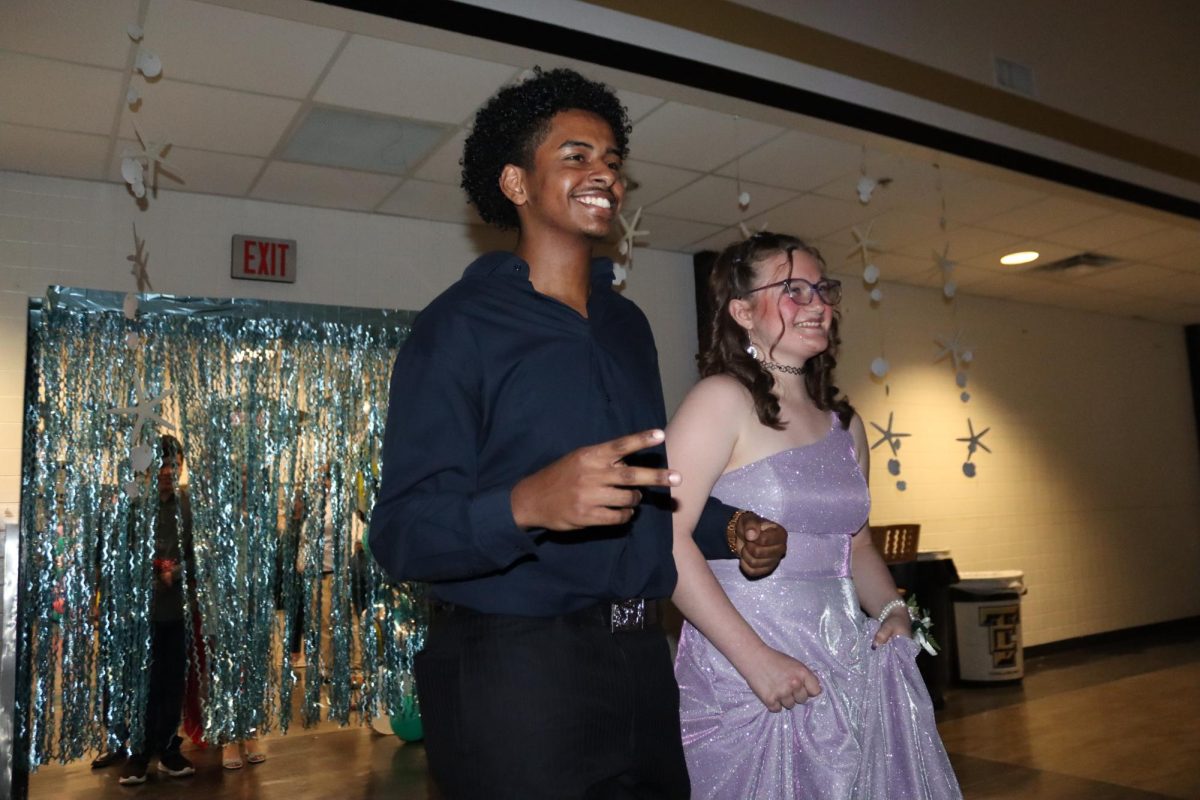



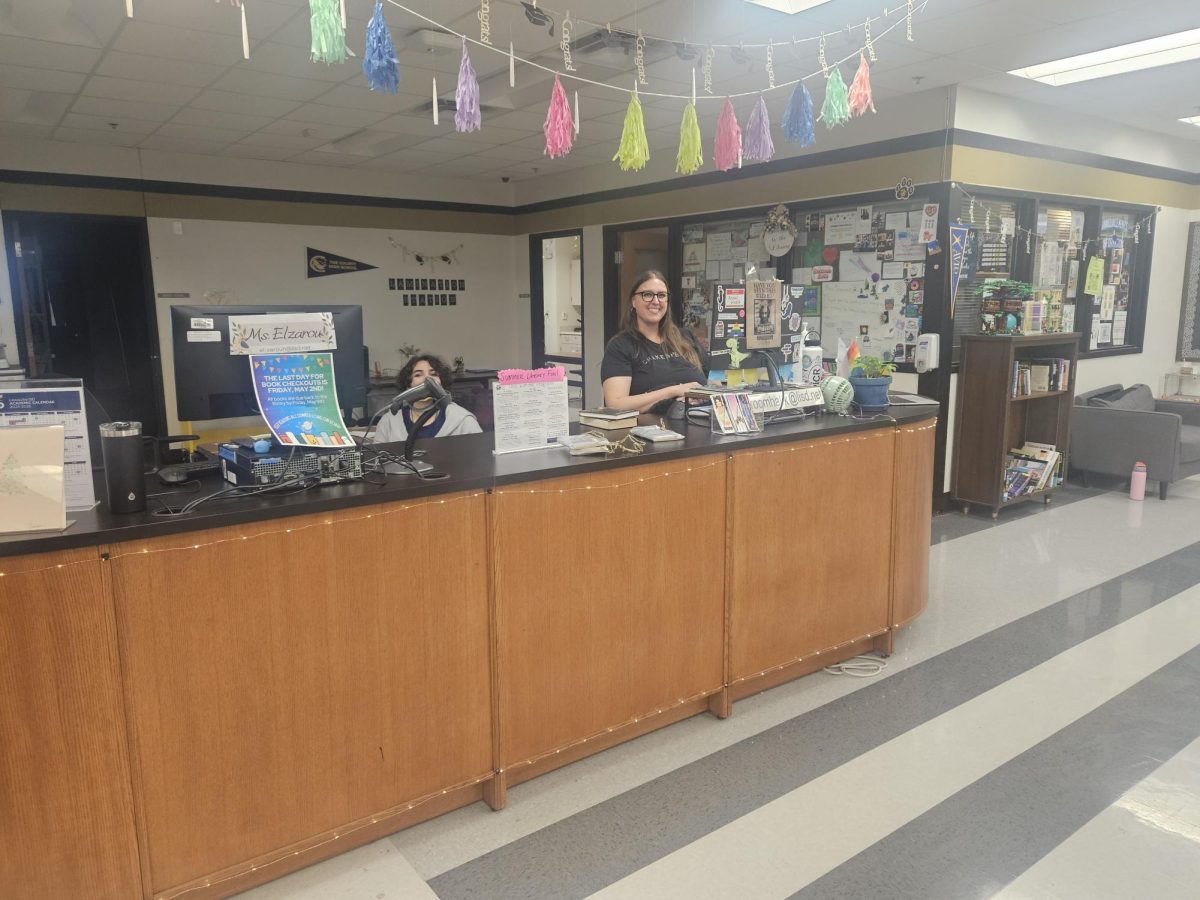
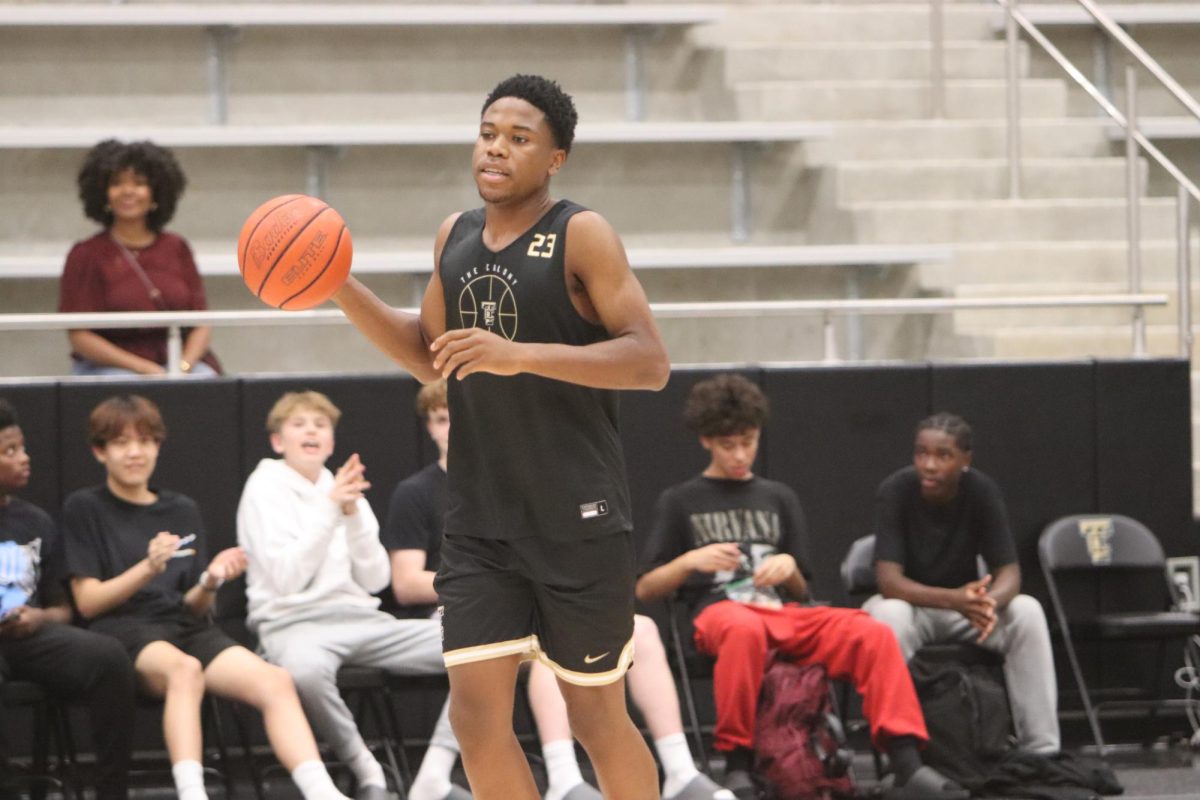

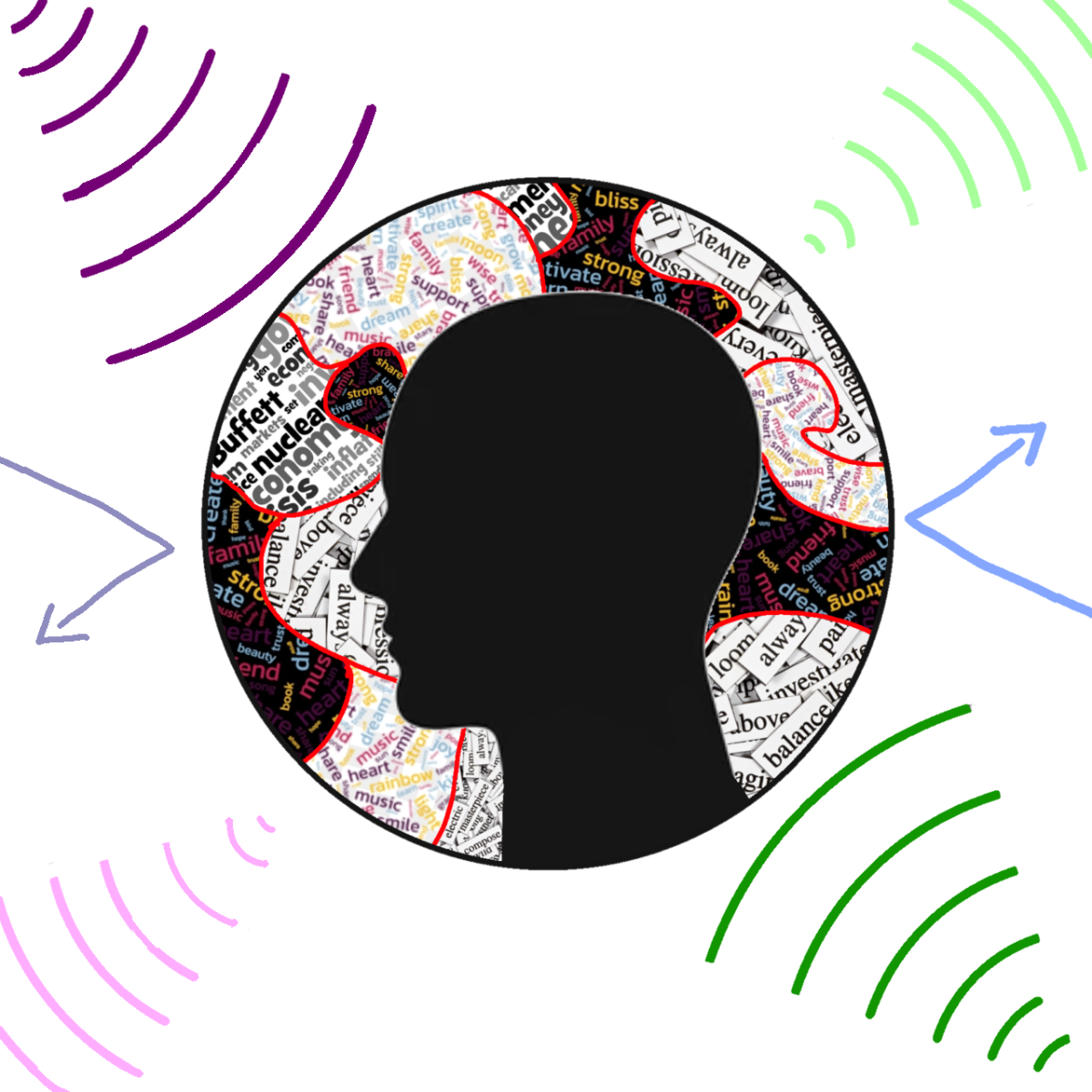


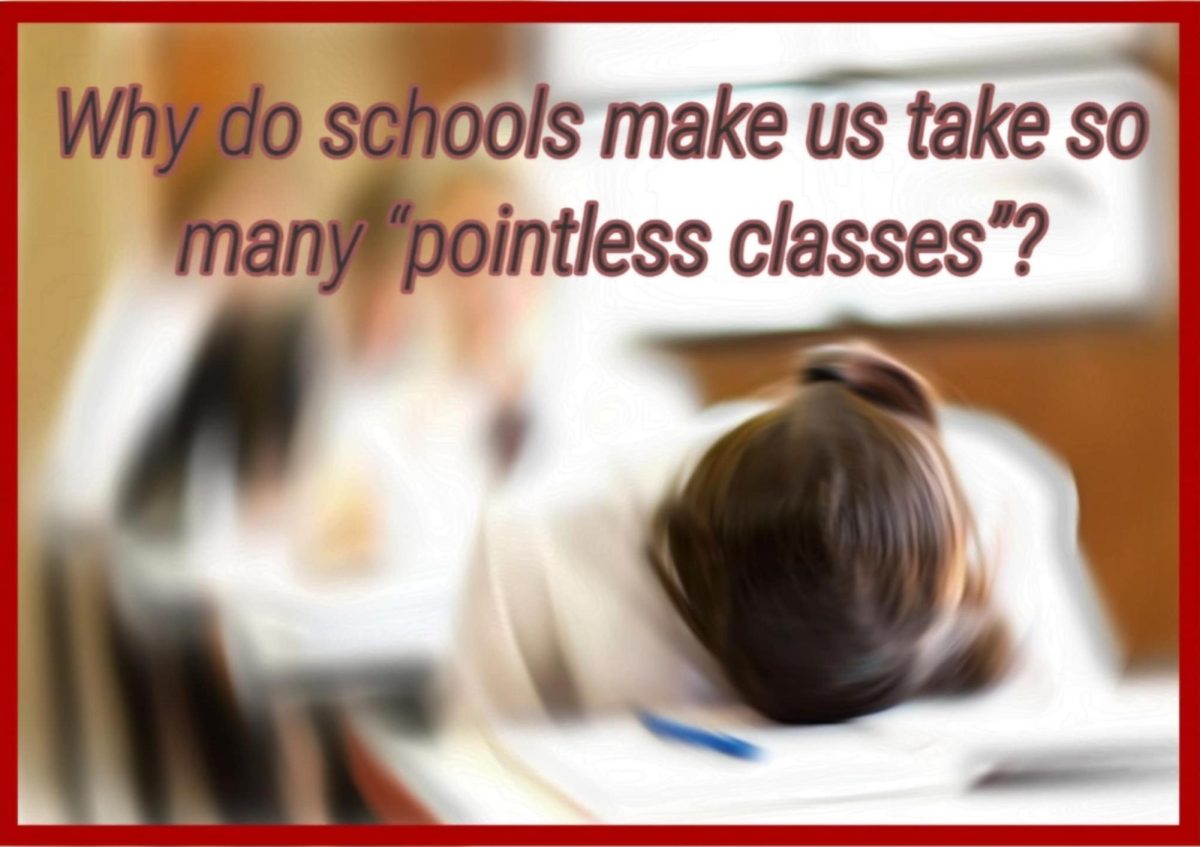
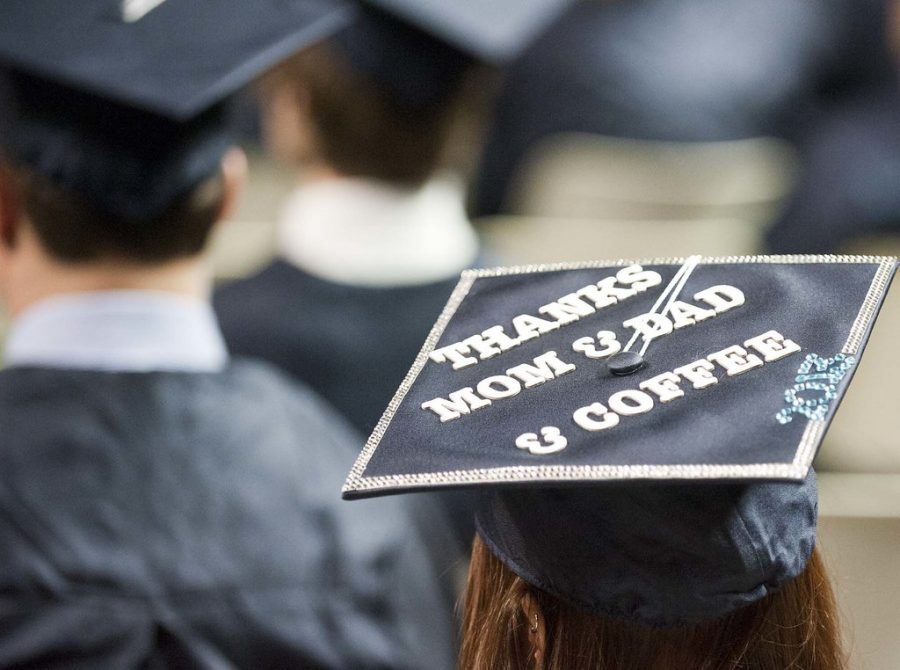
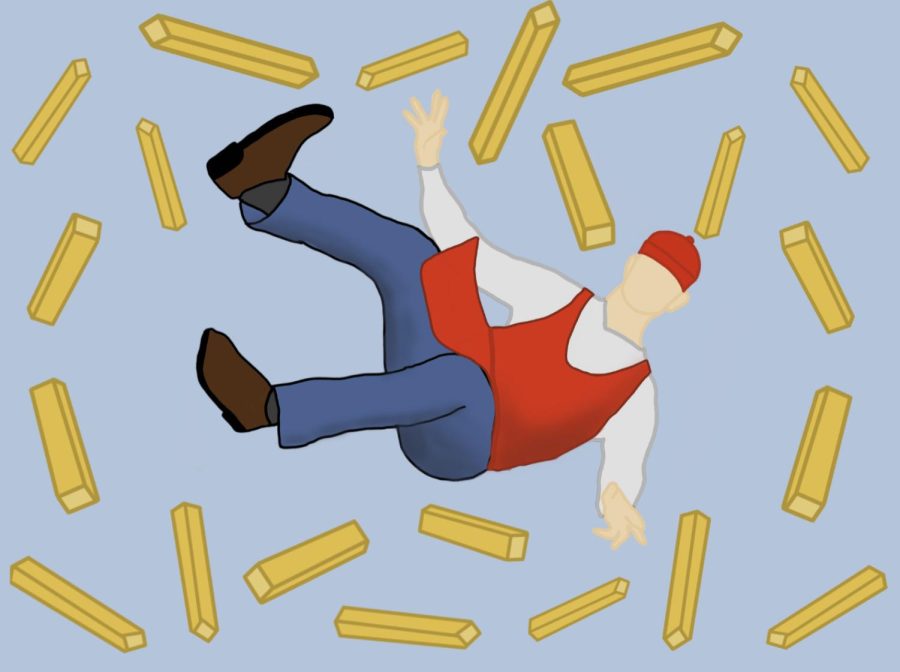

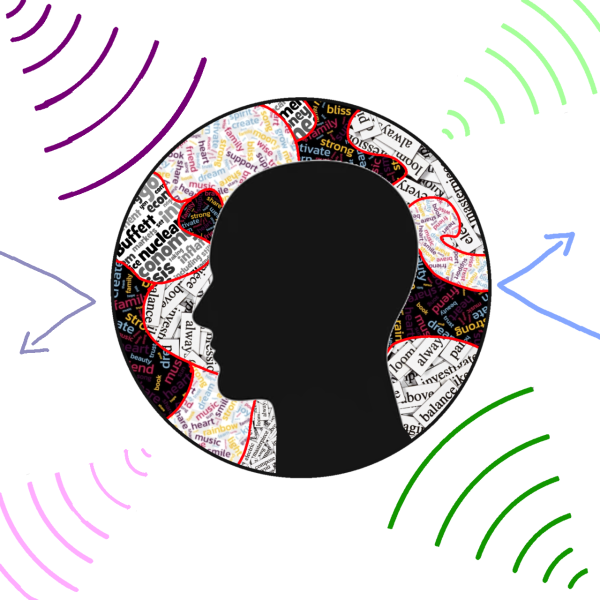



Chase Suit Guy • Jan 25, 2022 at 1:03 pm
I like this story because the person who wrote it also wrote the story about me. I like that one